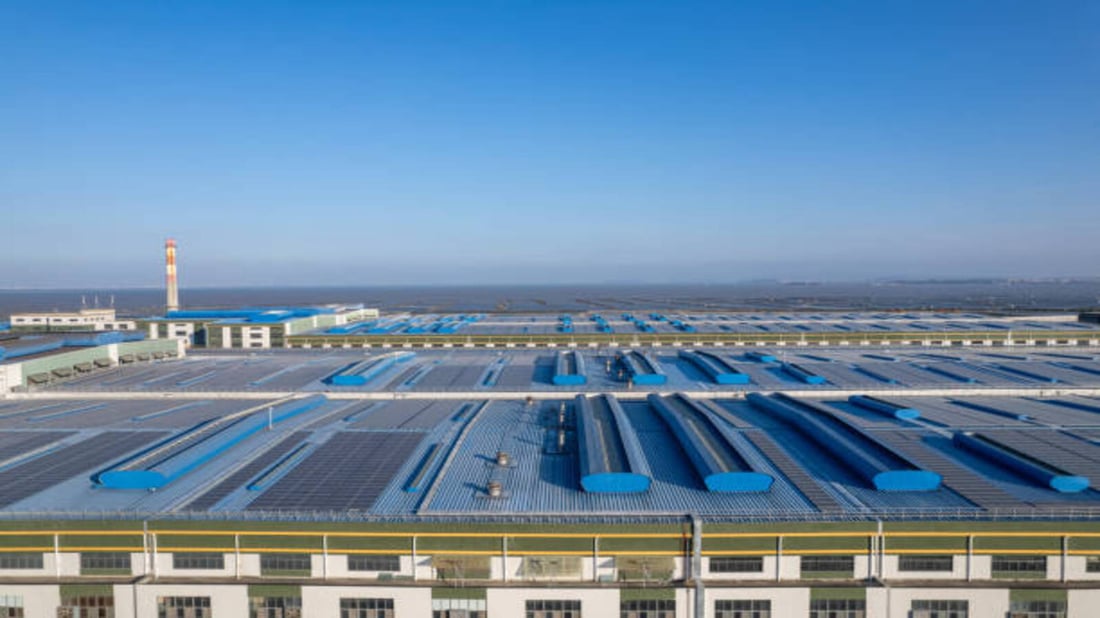Introduction
Aluminum frames are one of the most popular choices for mounting solar panels, especially for industrial-scale photovoltaic (PV) plants. They are sturdy, lightweight, and easy to install, which makes them ideal for optimizing energy output and minimizing costs. In this article, we will discuss some key factors to consider when designing aluminum frames for PV plants.
Design Considerations
Efficient design of the aluminum frames is critical to maximize the energy output and minimize costs. The following factors should be considered.
Size and Shape
The size and shape of the aluminum frames should be optimized based on the required panel size, overall installation area, and manufacturing constraints. Typically, the frames are rectangular or square in shape, with dimensions ranging from 2-6 square meters. The aluminum extrusions should be thick enough to support the panels without bending or warping. Ideally, the frame height should be sufficient to allow easy maintenance and cleaning of the panels.
Material Selection
Aluminum is the preferred material for PV plant frames due to its durability, light weight, and corrosion resistance. It should be of high quality and conform to relevant industry standards. The aluminum frame should have a high strength-to-weight ratio, corrosion resistance, and low thermal expansion coefficient to ensure a long service life. Anodizing the frame surface can provide additional protection against corrosion.
Structural Strength
The aluminum frames should be engineered to withstand the expected wind loads, snow loads, and seismic forces that may be encountered in the installation site. Structural analysis, such as finite element analysis (FEA), can help to optimize the frame design and ensure that it meets safety and code requirements.
System Integration
The design of the aluminum frames should take into account the specific characteristics of the solar panels, mounting system, and foundation. The frames should be compatible with the chosen panel types and mounting system, and should be able to accommodate any wiring or racking systems without causing shading or interference. The foundation should be strong enough to support the combined weight of the panels, frames, and mounting system.
Assembly and Installation
The aluminum frame should be designed for ease of assembly and rapid installation. The frame components should be modular, easy to transport, and quick to assemble on site. The connections should be designed to reduce installation time and minimize the need for specialized tools or skills. The frames should also have adjustable mounting points to accommodate uneven ground or other site-specific factors.
Cost Optimization
The design of the aluminum frames should be optimized to minimize costs while maintaining quality and efficiency. This includes careful selection of materials and sizes to reduce waste and improve manufacturability. The frames should also be designed for efficient shipping and storage, and should be easily recyclable at the end of their useful life.
Maintenance and Durability
The aluminum frames should be designed to require minimal maintenance and to have a long service life. This includes ensuring adequate drainage and ventilation to prevent water accumulation and corrosion, and designing the frame to withstand temperature variations and weather conditions. The frame connections should be designed for easy replacement of damaged parts, if needed.
Sustainability
Efficient design of the aluminum frames can contribute to the overall sustainability of the PV plant. This includes minimizing the use of non-renewable resources, reducing waste and environmental impact, and ensuring the long-term viability of the energy system. Designing the frame for recyclability and using renewable energy to power the manufacturing process are just a few examples of sustainable design practices.
Regulatory Compliance
The design of the aluminum frames should conform to all relevant regulations and codes for safety, quality, and environmental impact. The frames should be designed with safety in mind, and should comply with local and national codes for wind and snow load resistance, seismic requirements, and other relevant factors. Compliance with applicable environmental regulations, such as those governing materials, waste management, and energy consumption, is also crucial.
Testing and Certification
Testing and certification of the aluminum frames can help to ensure their quality and performance. Testing should include verification of the structural strength, corrosion resistance, and durability of the frame. Certification from recognized industry associations, such as the International Electrotechnical Commission (IEC) or the American Society of Mechanical Engineers (ASME), can provide assurance to customers and stakeholders that the frame meets established quality and safety standards.
Conclusion
Designing efficient aluminum frames for PV plants involves careful consideration of many factors, including material selection, structural strength, system integration, cost optimization, sustainability, and regulatory compliance. By following the guidelines discussed here, designers can ensure that their aluminum frames are optimized for maximum energy output, minimum costs, and long-term durability.

